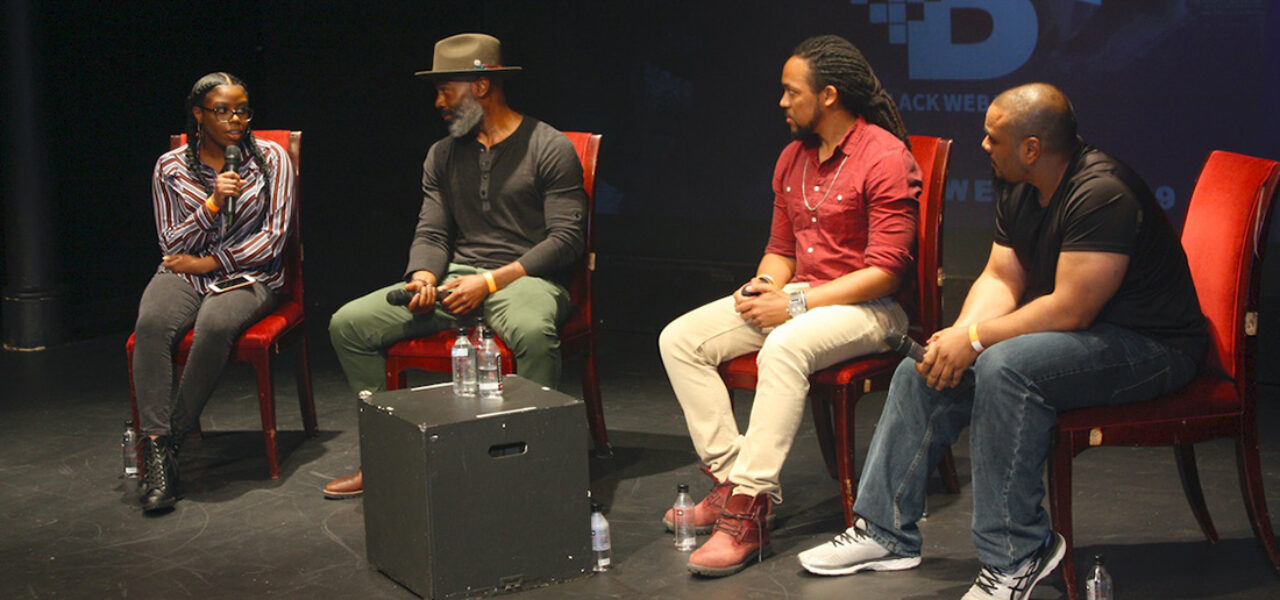
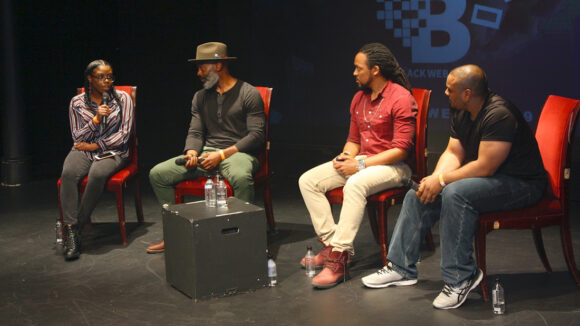
Social And Racial Justice Take Center Stage In School Of Visual Arts’s Animation Community
The School of Visual Arts’ animation departments — BFA Animation; BFA Computer Art, Computer Animation, and Visual Effects; and MFA Computer Arts — have an amazing and diverse group of alumni that have been featured in thousands of film festivals and exhibitions over the years. Many alumni address social and political issues in their work. A few of them shared their projects and creative journeys with their alma mater!
Melody Shih is a motion designer at CNN Motion, and graduated from SVA MFA Computer Arts in 2016. In her own words:
I had the opportunity to design and animate an animation for a CNN feature series, The First Time I Realized I Was Black. This was one of my favorite projects at CNN. We invited people to have conversations about race and justice in America and to help us understand the challenges of different labels in society, based on an excerpt from W.E.B. Du Bois’s ‘The Souls of Black Folk.’
I believe animations can communicate and evoke emotions, and also help to build a deeper sense of empathy. In my animation I decided to use two colors, black and white, to represent racism with metaphorical transitions and visuals conveying feelings of despondency and rejection by different racial groups. When I read the writing from W.E.B. Du Bois, I was so moved and felt it resonated with the story. As an immigrant and person of color, I could associate with the feelings and the struggle of being seen as an outsider.
I think it is important that we have conversations about race and racism in different forms. The first-hand experiences of people who are from different backgrounds, as storytellers and artists — these are the most beautiful things that we should celebrate. I worked on this project with CNN because we want everyone’s story to be heard and understood.

Shih adds, “I’m happy to see there are more animated stories that are related to the black community, like Hair Love and Spider-Man: Into the Spider-Verse from Sony Pictures. I think in the animation industry, we need to keep the conversation going by telling stories of Black culture and history. And as people often say, ‘This is a movement, not a moment.’ It’s not just conversation, it needs to lead to action. I think it is our responsibility to continue to tell different stories, using our creative strength to bring light and to show our solidarity and support.”

Dominick Bedasse is a 2d designer and animator with a knack for storytelling. He received an MFA in Computer Arts at the School of Visual Arts in 2019, and he currently works for Titmouse Inc. animation studio. Run Little Boy is a 2d short animation that addresses police brutality and judicial misconduct. We follow a young boy who must become courageous and evasive within a living nightmare; a realm systematically designed to kill him.
In his own words:
This film was my response to the oppressive nature of the American ‘justice’ system, specifically to young black bodies such as Kalief Browder, Eric Garner, Sandra Bland, and now Breonna Taylor and George Floyd. Since its completion back in May 2019, Run Little Boy has been selected for screening in over 13 domestic and international film festivals, including the Queen City Film Festival, New Jersey where it received the award for Best Animation.
While working on Run Little Boy, I learned that as the creator, I have the final say in what it is I’m willing to sacrifice or not sacrifice to see a project come to its completion. I feel that animation and storytelling already provide contributions to discussing race and social injustice, especially when the writing table is composed of people who’ve lived through such experiences.
What needs improvement is the ‘pushing’ or advertising of content that talks about such topics. Thankfully, it is much easier now to self-promote diverse content through social media — however there is room for growth when it comes to mainstream networks.
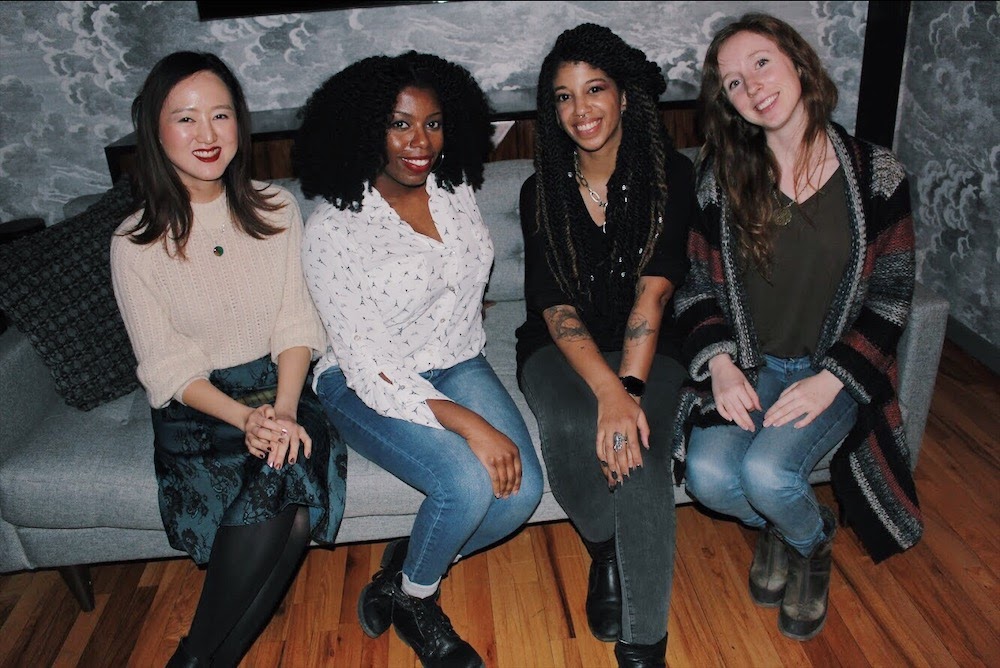
Monique Henry-Hudson (BFA 2011 Computer Art, Computer Animation, and Visual Effects) is the co-creator of Diversetoons, an initiative to showcase the wide range of career opportunities in the animation industry from people we do not usually see or hear from.
She says:
People often ask me, ‘Why did you create Diversetoons?’ And I chuckle to myself because the opportunity kind of fell into my lap. I was the programming coordinator for Black Web Fest, a Brooklyn-based film festival. The founder asked me to find some more professionals for a ‘Black in Animation’ panel she wanted to submit to Blerd City Con, also in Brooklyn, that summer.
She had a schedule conflict and I had to step up and be the moderator. When our panel had ended, people in the audience were so excited to tell their family and friends about what they witnessed. They shared that they’ve never seen Black people who’ve worked on these movies, who were also accessible and could share their experiences.
They wanted to know when the next one would happen. Next one? My childhood friend Jade was with me and she said ‘We have to do this again.’ I was hesitant but agreed. We had our first official panel as Diversetoons in September 2018 at the School of Visual Arts with help from the BFA Computer Art department.
I’m still absorbing its impact on the community. Our panelists, our interns, our peers, and our attendees have found solace in the fact that they aren’t ‘alone’ in some of the things we have experienced by being Black, a person of color, or being a woman in the animation industry.
We share ways the industry can improve on making this industry better for all. We encourage recruiters to step outside of their usual list of places to recruit talent. Our tagline is ‘Be Seen & Be Heard.’ It is our goal to continue providing a platform for professionals in the industry to be visible and to amplify their experiences and accomplishments.
In short, I’d like to see truly inclusive studios. Not just a Black lead, a female lead, or a kind-of-sort-of queer lead character. I want to see all races, all gender identities, and orientations employed in every part of the production pipeline and as executives. I’d also like to see upward mobility for these people.
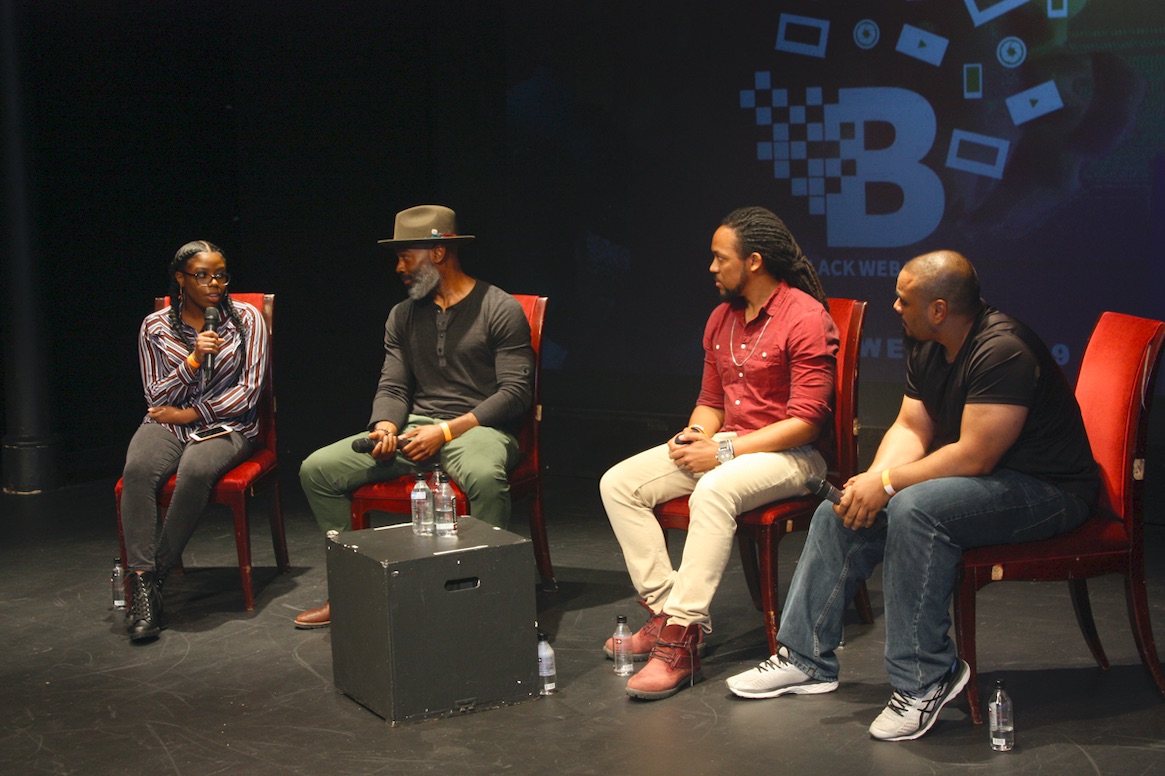
Anisa Li-A-Ping, a recent 2020 graduate from BFA Computer Art, Computer Animation, and Visual Effects, created her thesis project, Moments, a short film about a young man who is having second thoughts about venturing outside his home. In her own words, Anisa wrote:
I created Moments for my thesis months before the deaths of Ahmaud Arbery, Breonna Taylor, and George Floyd. In fact, Moments has been in the making for years. Like many of you, after witnessing the injustices that have taken the lives of Sean Bell, Tamir Rice, Eric Garner, Sandra Bland, Michael Brown, Philando Castile, Akai Gurley, and so many more, I have been left overwhelmed and frustrated, but I hope, through my art, I can help raise awareness and empowerment. The Black genocide must stop at once, but together within our community and our talents I know we can overcome.
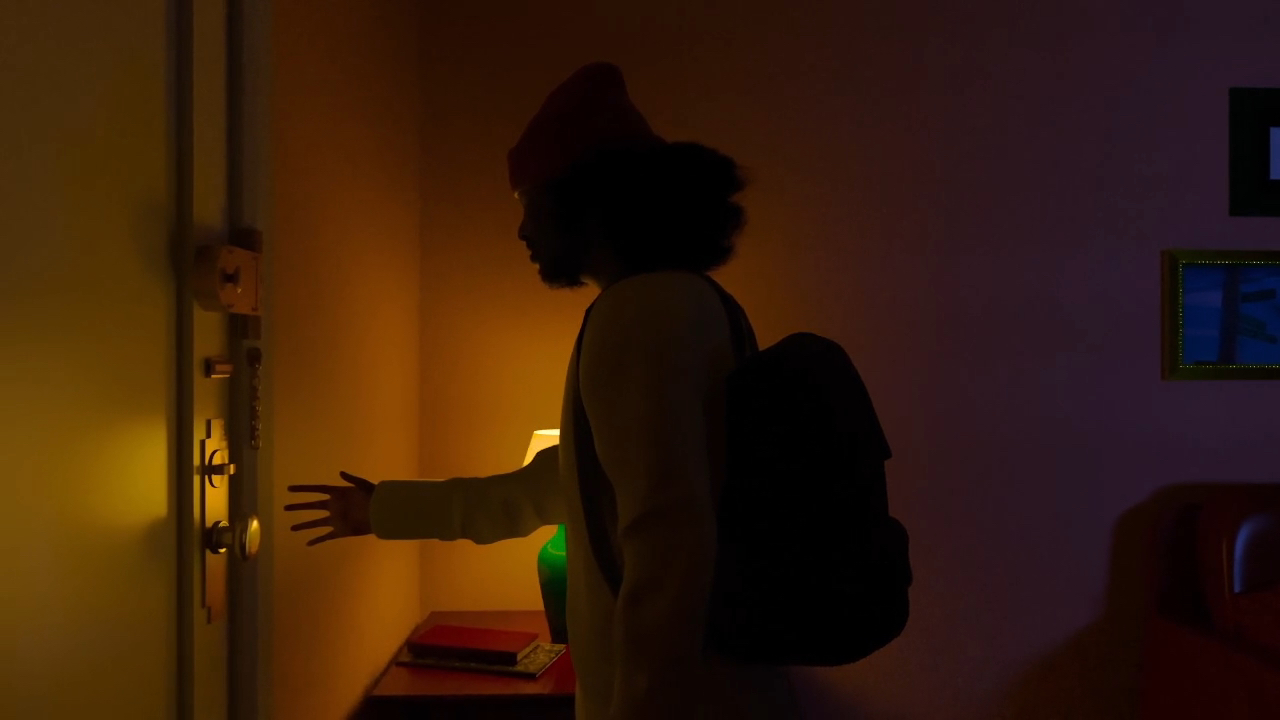
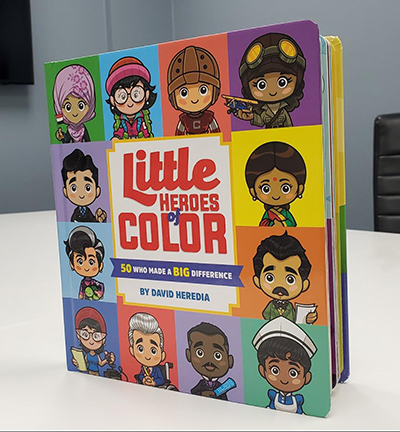
David Heredia (BFA 2002 Animation) is an animator, public speaker, and founder of Heroes of Color, an art organization that promotes inclusion and diversity through art and education. In the past year, he has worked with SVA to offer a scholarship for black incoming students. Since January, he has been active in the school’s department conducting talks and lectures addressing how to navigate an unconventional career path, as well as more recently how to navigate social justice with creativity.
SVA asked Heredia to share the inspiration behind his work with Heroes of Color in his own words:
What prompted me to start my Heroes of Color video series was the lack of inclusion and positive representation of people of color in the school textbooks, comic books, animation, movies, toys, etc. Schools in particular need to decolonize their curriculum. It does not reflect the society in which we live. Our communities are diverse and our education should be equally as diverse.
I got sick of seeing people of color in movies either as ‘the help, slaves, or subservient roles.’ We are so much more than that. I just got tired of complaining about it and decided to do something about it. When my first child was born in 2009, I had to counter all the negativity society had systematically put in place to prevent people of color from ever feeling as if they had equal rights and justice. By teaching my children about groundbreaking heroes who looked like them, my kids began questioning their teachers in school and they began to crave more inspiring stories about people of color.
The narrative needs to change in the animation industry. One of the best ways to achieve this would be by including more executives of color in the industry. I would really like to see a surge of new, independent animation studios run by people of color. We need to keep telling our stories and stop waiting for others to tell them.
Art enables us to escape our harsh realities, but it also reveals them to those who chose to ignore them. Many people woke up to the harsh realities of racism in our society through social media, videos, animation, and illustrations online. Animation and storytelling make it easier to have a conversation about race and social injustice. Sometimes the stories can be subtle, other times very graphic.
Regardless of the approach, our creative expression can evoke powerful emotions from people. These emotions allow others to see things from a different perspective and can lead to positive change. Creative artists are influencers no matter how many people follow us — our creative expression has the power to educate, disrupt people’s thinking, and challenge our beliefs.
During the Covid-19 outbreak, so many people around the world looked to us for refuge from the monotony of quarantine. Music, films, art, poetry, books were being consumed by billions of people around the world. Once the Black Lives Matter movement came back into the forefront, Netflix and other streaming sites began highlighting films by and about the African American community.
Parents began seeking books to help educate themselves and their children so that they can be better prepared to have the ‘uncomfortable conversations’ about race with their children. I am so fortunate that my creative expression has enabled me to become an agent of change through art and animation.
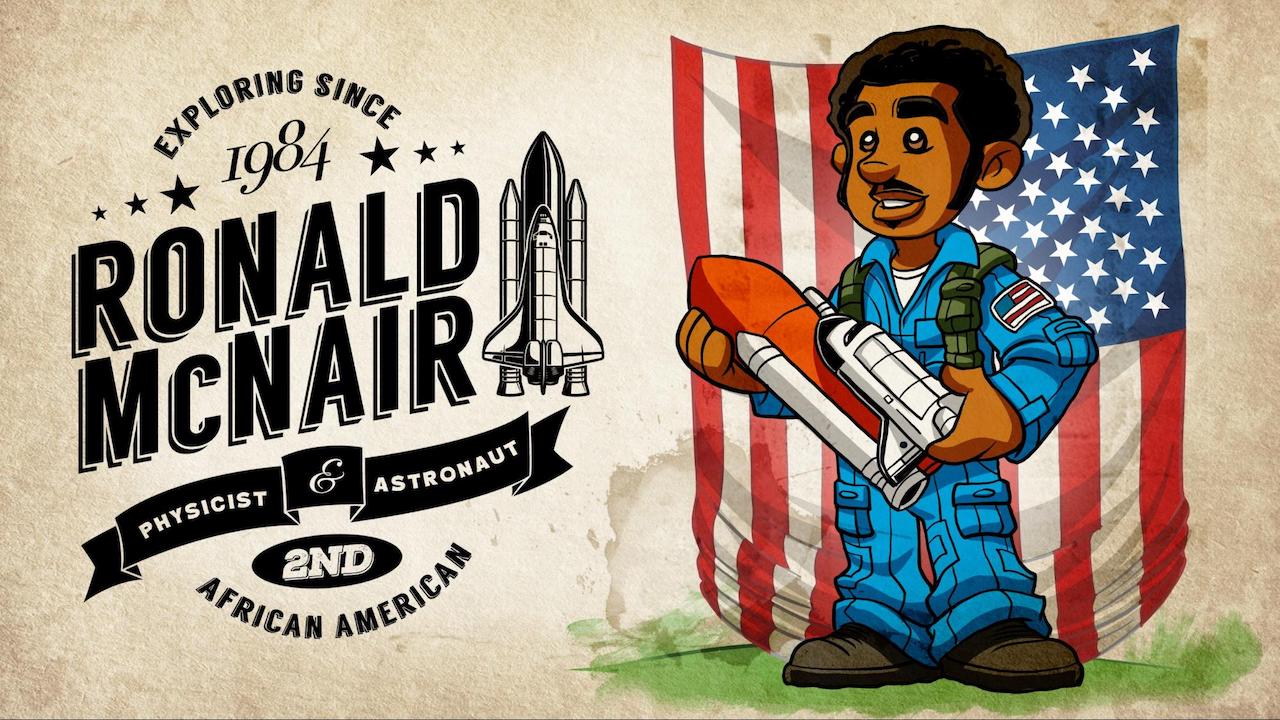
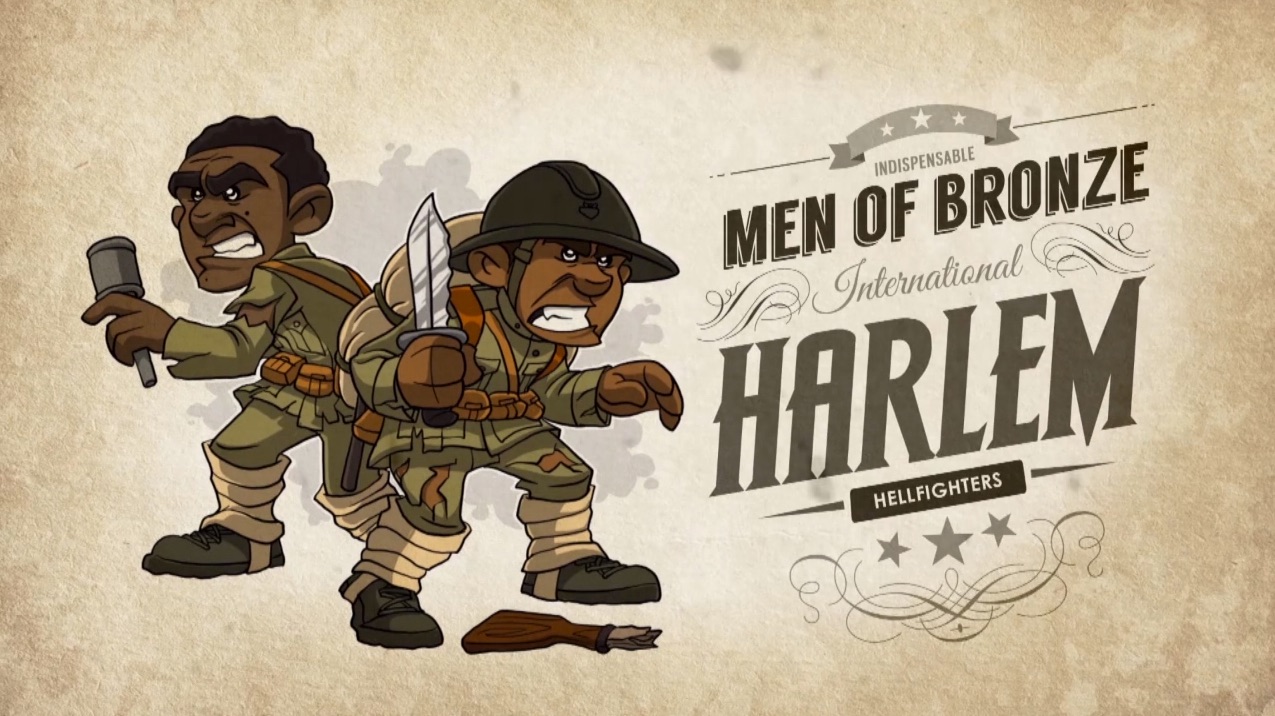
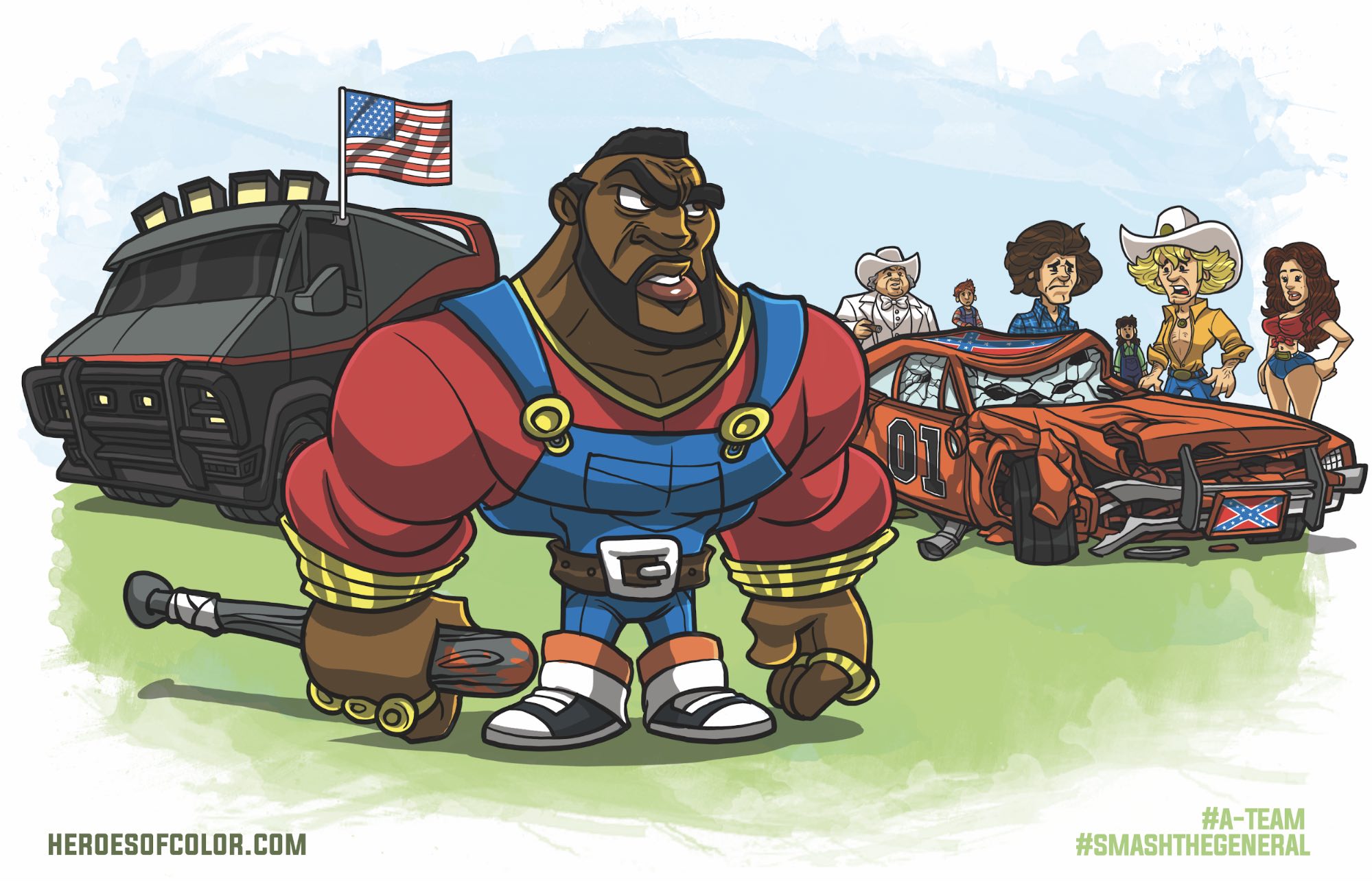
Throughout the past year, several initiatives have been put into motion to better address systemic flaws at SVA. The school’s goals are intended to be long-term and have lasting impressions on students, staff, and faculty that will hopefully lead to the change so badly needed in the world and the animation industry.
BFA Animation and BFA Computer Art, Computer Animation, and Visual Effects have recently come together to create an Equity Alliance aimed at bringing BIPOC alumni together with BIPOC students. As the collaborative brain-child of BFA Animation Chair Hsiang Chin Moe and BFA Computer Art Chair Jimmy Calhoun, the Alliance’s committee is proudly headed by David Heredia (BFA 2002 Animation) and Monique Henry-Hudson (BFA 2011 Computer Art, Computer Animation, and Visual Effects). Monthly events will be held to foster communication within the school’s community to discuss topics ranging from professional, creative, and personal.
Education does not stop at the classroom door. BFA Animation has begun organizing a bi-weekly book club focusing on anti-racist and BIPOC-created works to broaden the participants’ perspective. Students, staff, and faculty have come together to create a space to discuss difficult topics and stories as well as to share books, movies, graphic novels, and other BIPOC-created media through a staff-led book club and workshops held regularly over the summer and academic year. There is a lot storytellers can learn from listening to many diverse narratives.
Further reading: Anti-racist resources created by the SVA Libary, and a list of resources on how to take action against racial injustice in America.
